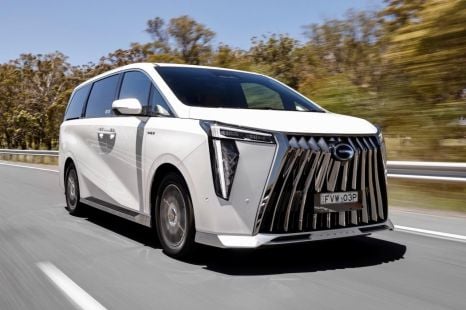

Ben Zachariah
2026 GAC M8 review: Quick drive
4 Days Ago

Senior Road Tester
Chinese carmaker Chery launched in Australia with the budget-priced Omoda 5 SUV, which is selling in solid numbers – and now it’s about to launch the larger Tiggo 7 Pro.
We got to speak with Chery designer, Sajdin Osmancevic, from his Wuhu base in China this week on what it’s like designing for one of China’s key export brands.
Officially, Sajdin Osmancevic’s title is Technical Director, Chery Design Centre in Wuhu, China, but previously he’s worked for brands including Great Wall, Ford, and Skoda.
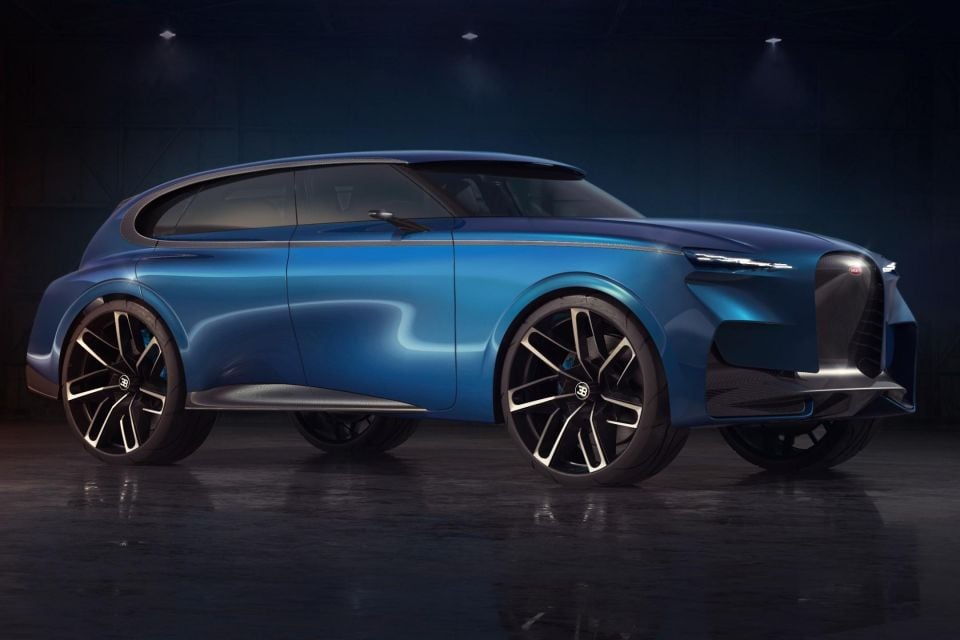
After researching Sajdin I was impressed with his rendition of a Bugatti SUV called Spartacus – a dead-set jaw-dropper and something the ultra high-end French marque should have already built, given the popularity of the Ferrari’s stratospherically expensive Purosangue.
Nevertheless, we were just as curious as to his design philosophy behind his Spartacus project while working at Skoda, which is another brand the huge Volkswagen Group umbrella.
“I wanted to encourage car designers and auto makers to push the limits and create cars with more character” – which is what we all want in this industry, was and one of my first questions to Sajdin.
Sajdin Osmancevic: With a global OEM this is more difficult to achieve given there’s a lot of influence from various markets and we are not only listening to own Chery customers on what they expect in our vehicles, but we’re also watching what our competitors are doing in the same space.
I’ve been at several OEMs, but I would say at Chery I’m pretty satisfied with the level of ‘pushing boundaries’ by trying to make a car more recognisable, more unique, or more inspiring.
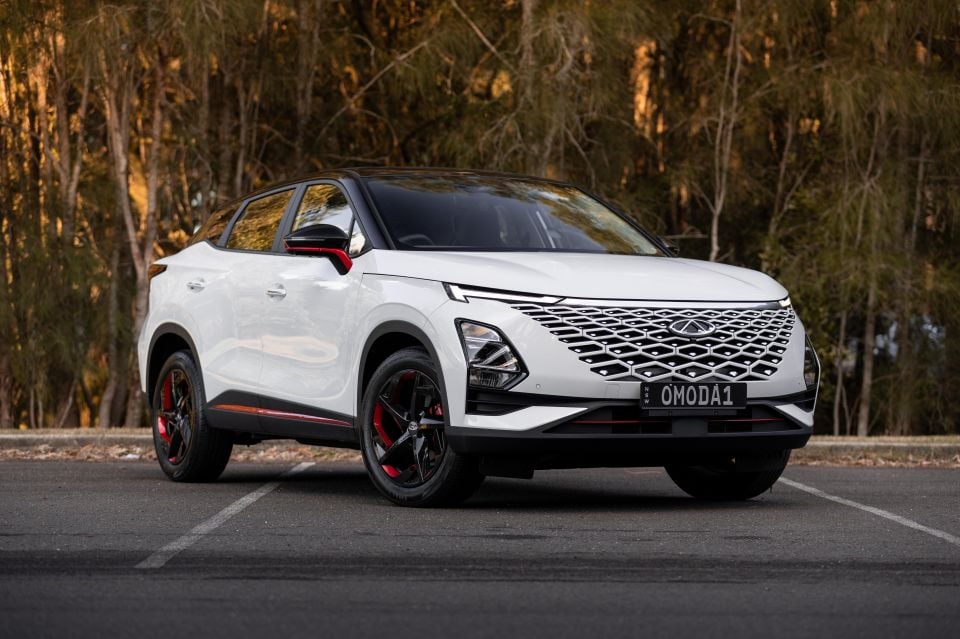
SO: We are a volume brand focused on mass production, so our overall philosophy at the moment is to cover the needs of the middle class. But we also study the luxury and premium brands as well as the most successful brands.
But we’re also inventing ourselves at Chery after carefully analysing the needs of our customers, because what we are trying to do here is to give our customers that luxury feeling in a regular model.
Obviously, we’re not a luxury brand but what we can do is offer that same premium experience to our regular middle-class customers.
SO: At Chery we want to give the same kind of experience they would get in a BMW or Mercedes-Benz, and there are many Chinese brands going in that same direction.
We are in good position to be able to offer things for a lower price but with equipment and a feeling of luxury, with plenty of technology which are only offered internationally on premium or luxury brands.
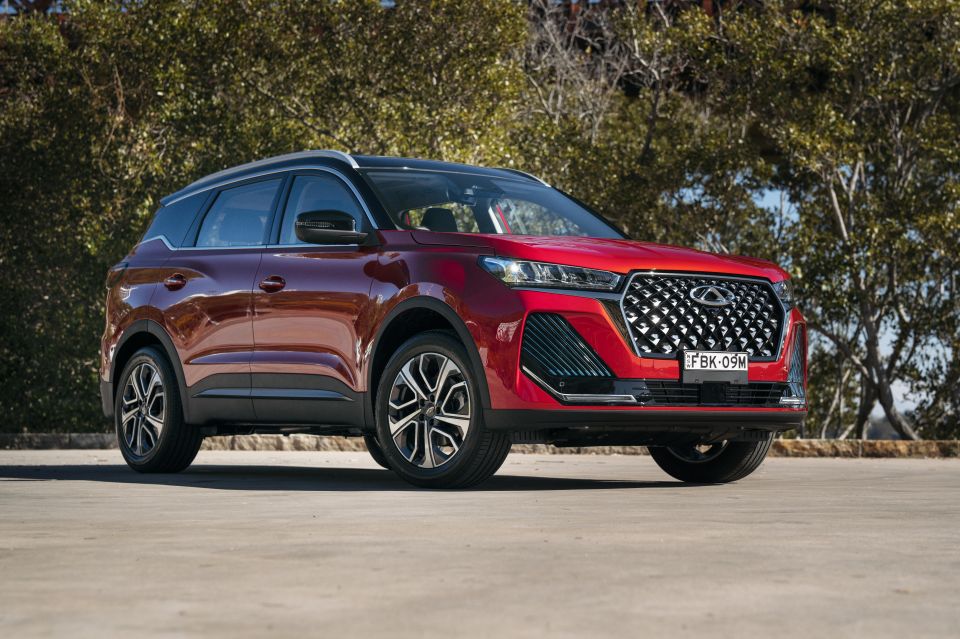
SO: Tiggo 7 is a regular family model for the middle class but we didn’t focus on one particular brand when developing this car, as we don’t want to copy anyone but we do study the overall feeling you get from competitors.
I mean BMW both sporty and luxury, and Mercedes-Benz is all about luxury, and we combine the experiences you get in these cars – and then asking our customers what they expect from Chery.
We don’t want to go in any one direction as the car needs to be meet the expectations of an international market but we stayed in the middle of sporty and luxury attributes for this model.
From the outside there’s a still a sense of power and protection but overall the car needs to be seen as stable on the road. These are at least the key words when we designed Tiggo 7.
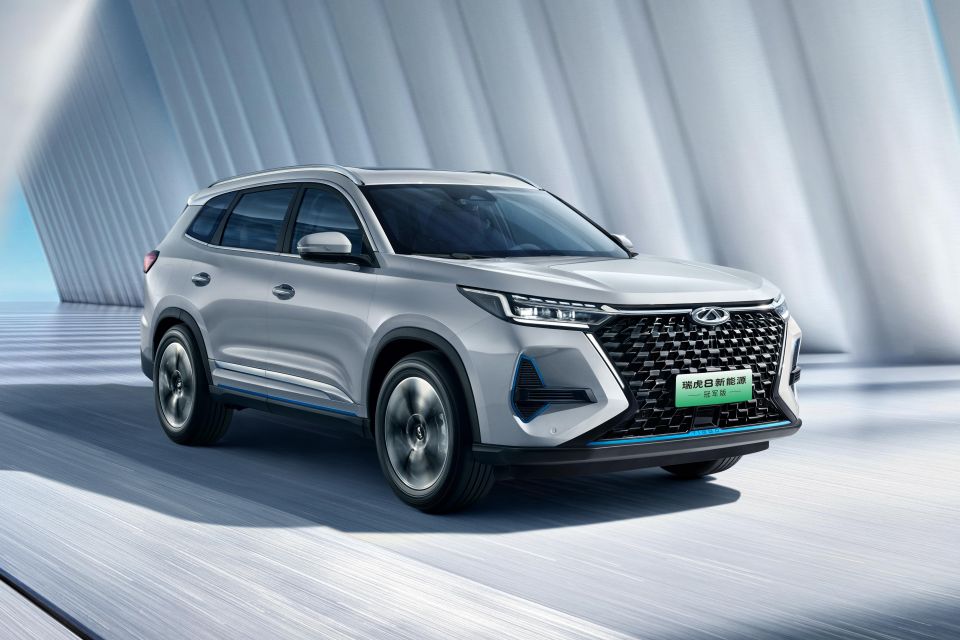
SO: On a certain level it’s definitely a challenge to make car feel premium on a smaller budget than the luxury brands but for us we analyse the needs of customers and what they expect, and combine these with our own expectations and predictions of car trends in the future.
The logic is that we invest in the parts of the car which are most important for the overall appeal of the car, and leave out those features which aren’t important to these customers – or to our philosophy of overing a premium experience at affordable prices.
SO: Yes, whenever we are developing a new model we invite both current customers and those who haven’t yet owned a Chery and we ask them what they want improved, what they want in the car.
We can’t listen to every customer but if a huge number of people have the same issue then we of course listen their concerns.
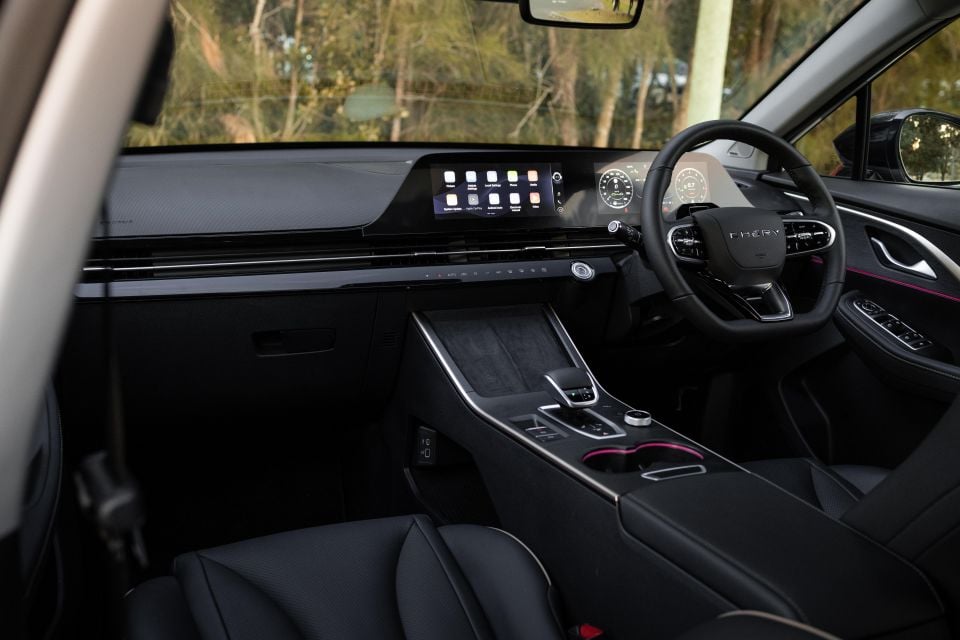
SO: I came to China two and a half years ago, but in that time Chinese customers are really demanding. If you look at what the brands and doing here inside the cars, it’s more appealing than what you find in Western brands.
They want lots of infotainment technology and more colourful interiors than we’re used to outside of China.
They’re using luxury leathers and plenty of technology, which is an advantage to us because we can offer more than our competitors and thereby create more of a living space than a regular car.
There’s a big demand for more complex, more comfortable vehicles here but that same trend is also likely to grow internationally.
SO: Chery has actually established a special department that’s exclusively working on autonomous cars because at the moment we are not a luxury brand, so our focus is on safety with radars and other active driver assist features.
Not only with technology to protect passengers but also pedestrians, and it’s a big push for Chery using LiDAR, radars, and sensors which even just three years ago wasn’t imaginable in cars at the affordable end of the market.
I can’t tell you exactly how many sensors are on the new cars we are developing but it’s definitely more than 20 or even 25 depending on which particular model.
We are already developing software for fully autonomous vehicles.

SO: Chery has six design centres but here at HQ in Wuhu, in China I’m one of three designers. We have another two development centres in Shanghai and most of the designers there are foreigners.
Overall we have around 20-30 designers, modellers and engineers working there, as well as another design centre in Germany which is staffed by mainly international designers numbering around 30 people.
SO: We do actually on almost every single project, and it’s not only important for the competition between designs but also for the fact that design trends are constantly changing.
Sometimes during the design process which takes around two years our position in terms of what’s important to our customers can shift midway through its development.
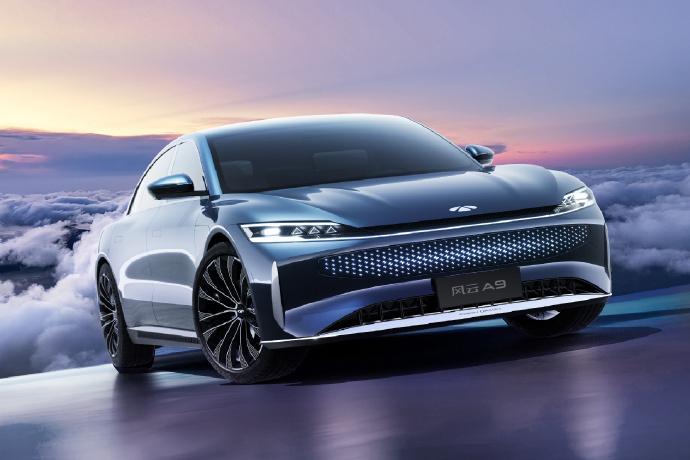
SO: I’ve just completed (with my team) the Tiggo 11 also known as the Fulwin – a new luxury brand under the Chery umbrella.
We think it will make it into production with around 90 per cent of what you see here now. This is in fact the first Fulwin model of a range of models that we’ll design over the next few years.
SO: With every new design project we have to find ways to be able to offer more than our competitors for even less money.
Sometimes that philosophy just doesn’t work out because of the costs, or the fact that management doesn’t agree.
Maybe you offer up some great new feature that is really going to improve the user experience but it gets cancelled because of costs. So then you go away and try to work out a more cost-effective solution for the same new feature.
For sure that’s the biggest challenge we face when developing new products.
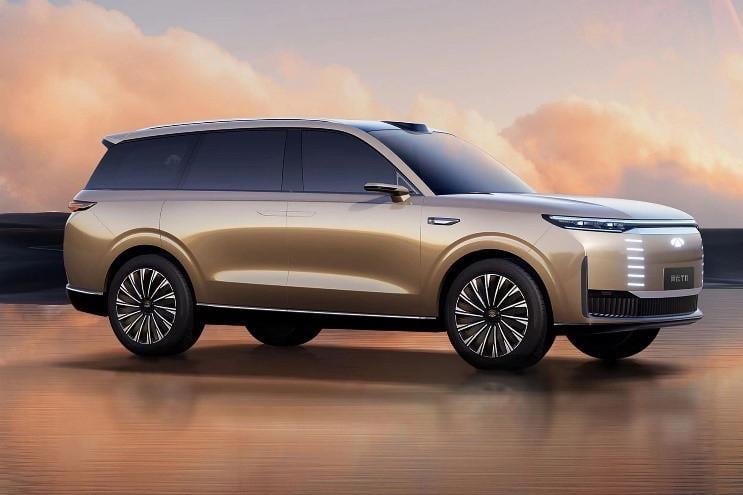
SO: I think if you ask any car designer it’s going to be a 911.
SO: Under the Chery brand including Fulwin, Tiggo, and Cougar we have developed six new models and six facelifts this year.
With Chery, I can tell you the number of projects is huge but as designers we love to have the chance to work on new models.
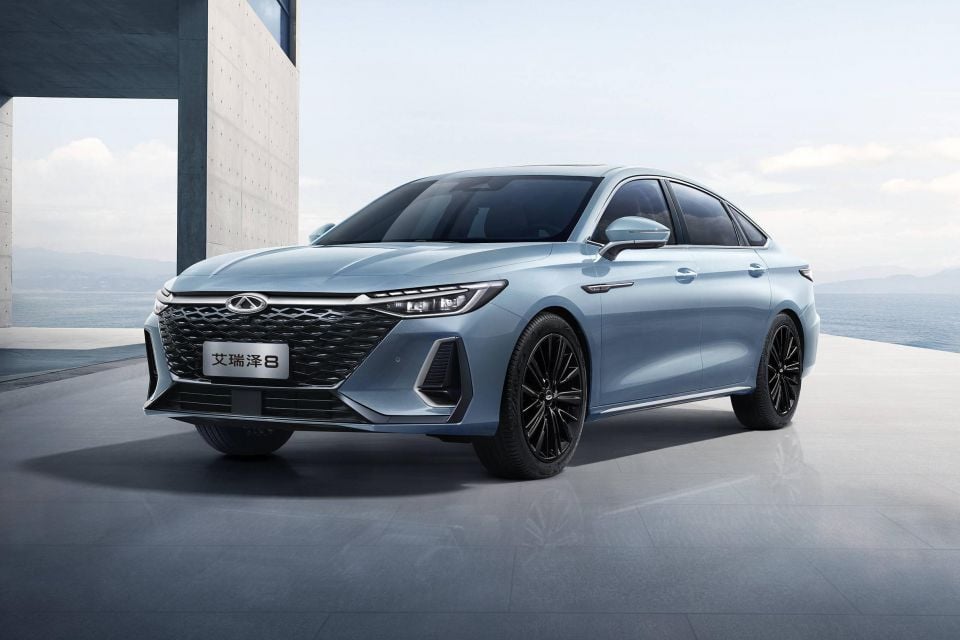
SO: From my perspective I tend to want to design something more related to the future. I think supercars won’t be important in the future because with EVs, every car has the potential to be a supercar.
My own goal and wish, which I might be working on at the moment (can’t really say too much) is to rethink what is the car of the future.
If you think about mass-produced cars just in the next 10 years even given how fast the car industry is changing, what is that going to look like?
But even if we think about luxury cars, the question really is… what is the next-generation of luxury going to look like?
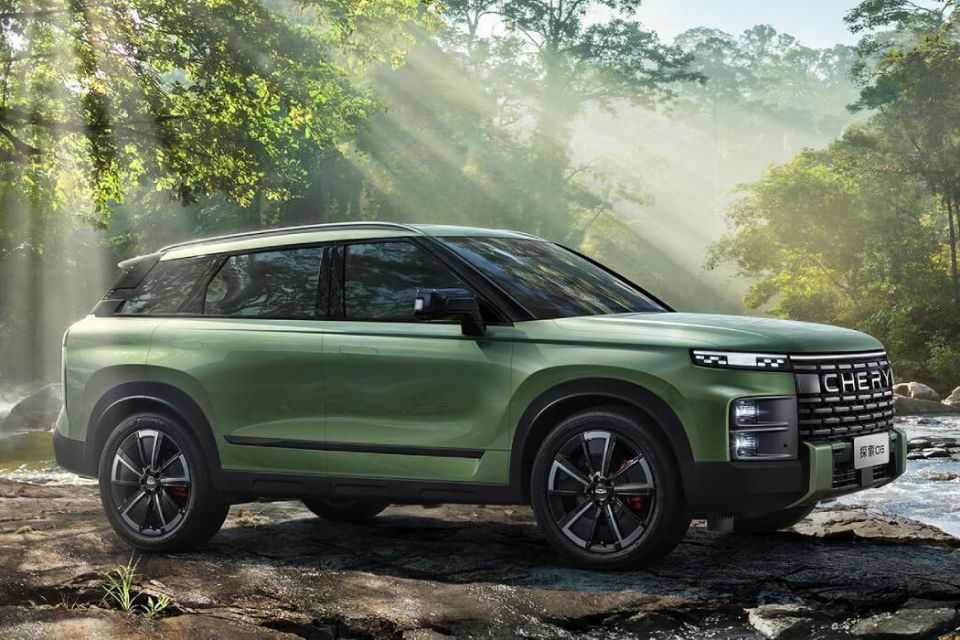
With the onset of EVs and other forms of locomotion, luxury will need to be redefined.
You asked about the next generation of affordable cars from a cool sense and we’re developing one right now – a kind of sporty crossover but it’s not a two-seater, so it’s me rethinking the next ‘car’.
I think the car of the future will be more like a moving device, so it won’t be called a car anymore because that description would be too simple and would undermine its value in society.
While this ‘mobility device’ might still be able to go from 0-100km/h is three seconds, it would also be a luxury workspace at the same time. This would seem far more useful.
MORE: Q&A with Aston Martin’s Greg Adams MORE: Q&A with Klaus Busse, head of design at Maserati MORE: Q&A with Ben Wilks, Cupra Australia brand director MORE: Q&A with Paul Sansom, Volkswagen Group Australia managing director
Where expert car reviews meet expert car buying – CarExpert gives you trusted advice, personalised service and real savings on your next new car.
Anthony Crawford is a CarExpert co-founder and senior presenter with 20+years in automotive journalism and content creation.


Ben Zachariah
4 Days Ago


Ben Zachariah
2 Days Ago
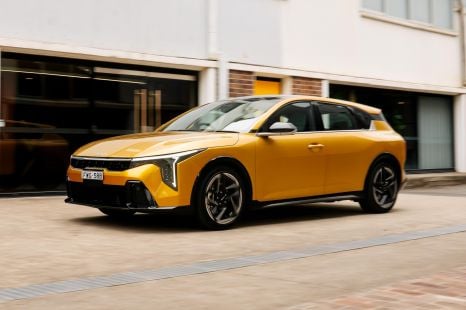

James Wong
1 Day Ago
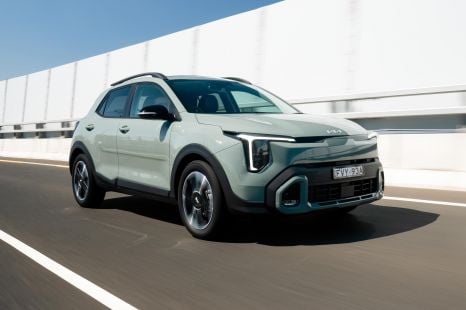

James Wong
1 Day Ago
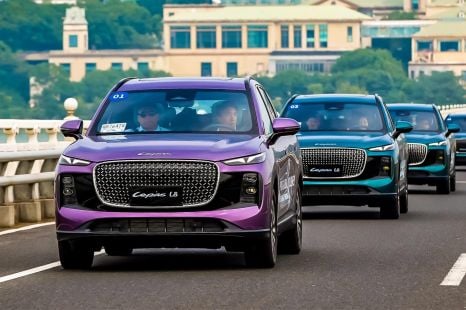

Andrew Maclean
1 Day Ago
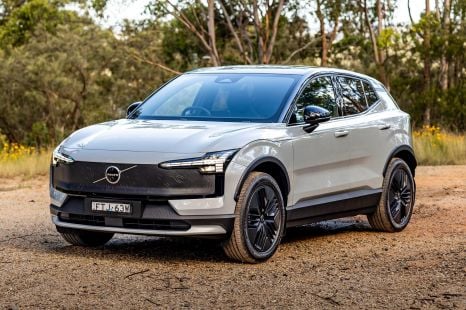

Matt Campbell
2 Hours Ago